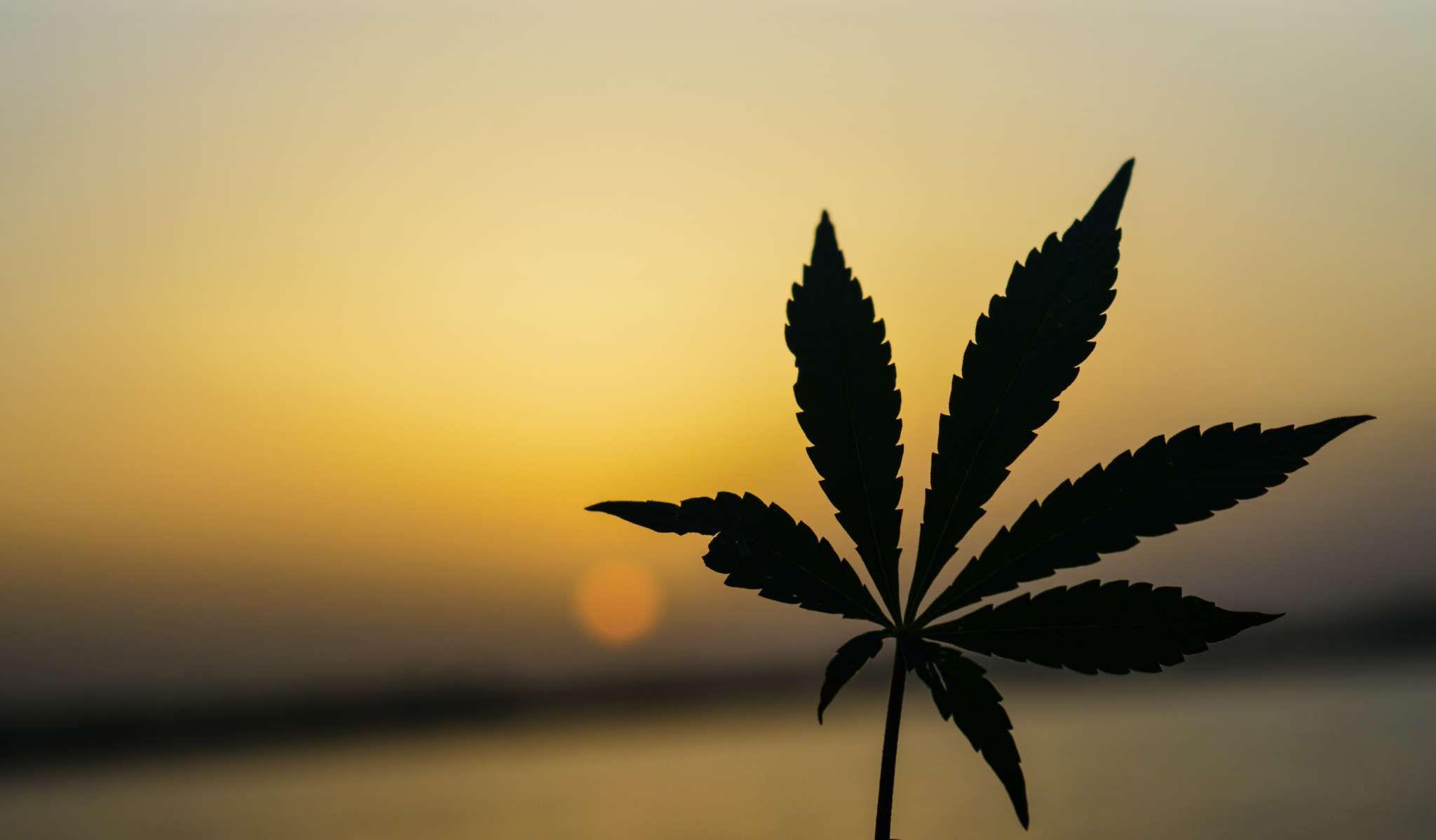In recent years, there have been notable improvements in cannabis farming. This is due to one of the most important developments—the widespread use of feminized marijuana seeds—standing out.
These customized seeds have changed cannabis farming, which was previously an incredible synthesis of art and science. They change the cannabis farming scene by providing a level of predictability and efficiency that was previously unattainable.
We will go deeply into the issue’s core in this comprehensive review. You will know the key differences between feminized marijuana seeds and their regular counterparts.
You will also explore each’s benefits and drawbacks and the intricate network of variables that affect farmers’ decisions.
To learn more, keep reading.
Feminized Marijuana Seeds VS Regular Seeds
In the ever-evolving world of cannabis cultivation, a groundbreaking player has taken center stage: feminized marijuana seeds. These seeds are known for their exceptional quality because of their effectiveness, dependability, and quality in their crops.
Despite the practicality and dependability of feminized marijuana seeds, it’s significant to remember that ordinary seeds are also essential. These seeds preserve the genetic diversity of the cannabis plant.
Breeders frequently use normal seeds to produce new strains, fusing the varied features of various plants to produce distinctive and cutting-edge variants.
To give you more idea of the differences between these two, see this comparison table:
| Category | Feminized Marijuana Seeds | Regular Seeds |
| Gender | As implied by their name, feminized marijuana seeds have the most significant benefit of producing only female plants. Female plants are highly appreciated in the cannabis cultivation industry. They may produce the sought-after buds packed with cannabinoids like THC and CBD. This removes the need for growers to check the gender of their plants. It also lowers the possibility of male plants accidentally pollinating female plants. | Plants grown from regular seeds are a mixture of male and female. This is the reason why growers are having a hard time with regular seeds. Since only female plants yield the required flowers, growing cannabis for its therapeutic or psychotropic effects can be challenging. While this diversity may benefit breeding, it can also present difficulties. It cannot give growers accurate results. |
| Breeding | Feminized seeds provide a high degree of yield and potency consistency. When you plant feminized seeds, you may anticipate uniformity in the traits of the plants. This feature simplifies organizing and successfully arranging your grow area and resources. | As the saying goes, You can never go wrong with the basics. Regular seeds are necessary for growing cannabis. Breeders combine the favorable characteristics of many plants to produce new strains using common seeds. This is important for the development and growth of the cannabis sector. |
| Cost and Time | Growers may use their time, space, and resources more effectively since feminized seeds remove the need to raise and discard male plants. This is especially helpful for individuals with little access to finances or cultivating space. | Regular seeds are frequently more affordable than feminized seeds. This cost makes them a popular option for gardeners on a tight budget. The financial advantage, though, comes at an expense. These seeds sometimes throw away male plants and spend more time and effort managing the crop. |
Final Thoughts
Regular marijuana seeds or feminized marijuana seeds should be chosen based on personal tastes, resources, and goals. Growers must consider their personal situations and ambitions to make wise decisions in the always-changing cannabis farming environment.
So, like the plants themselves, the world of cannabis growing is diverse and fascinating. You can decide whether to embrace the genetic variety and breeding potential of regular seeds or opt for the efficiency and dependability of feminized seeds.
If you are looking for a place to get them, Grower’s Choice Seeds is perfect!
Photo Credit: Unsplash


